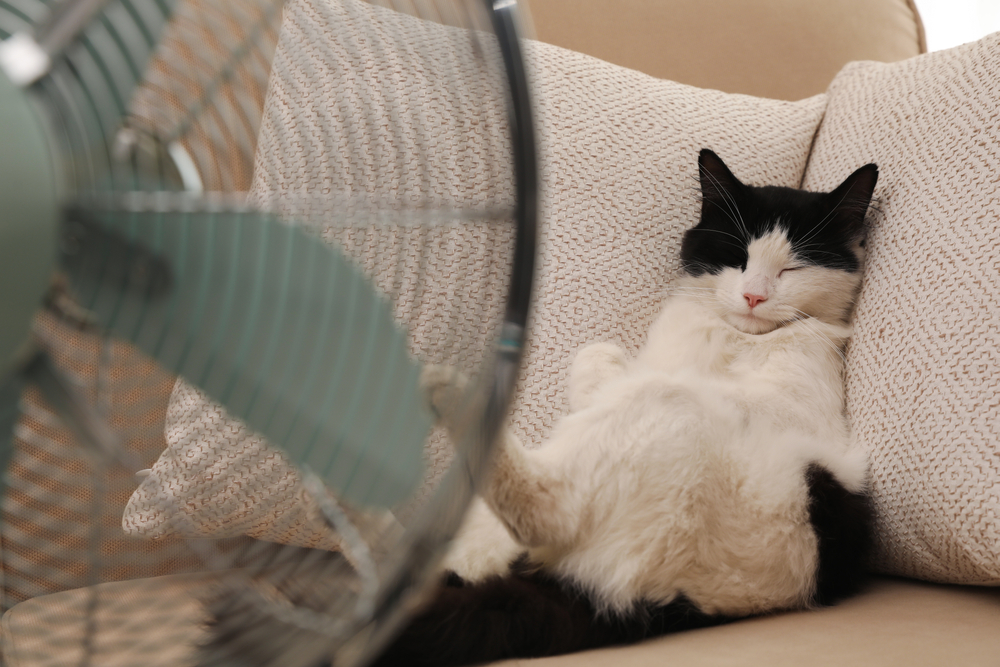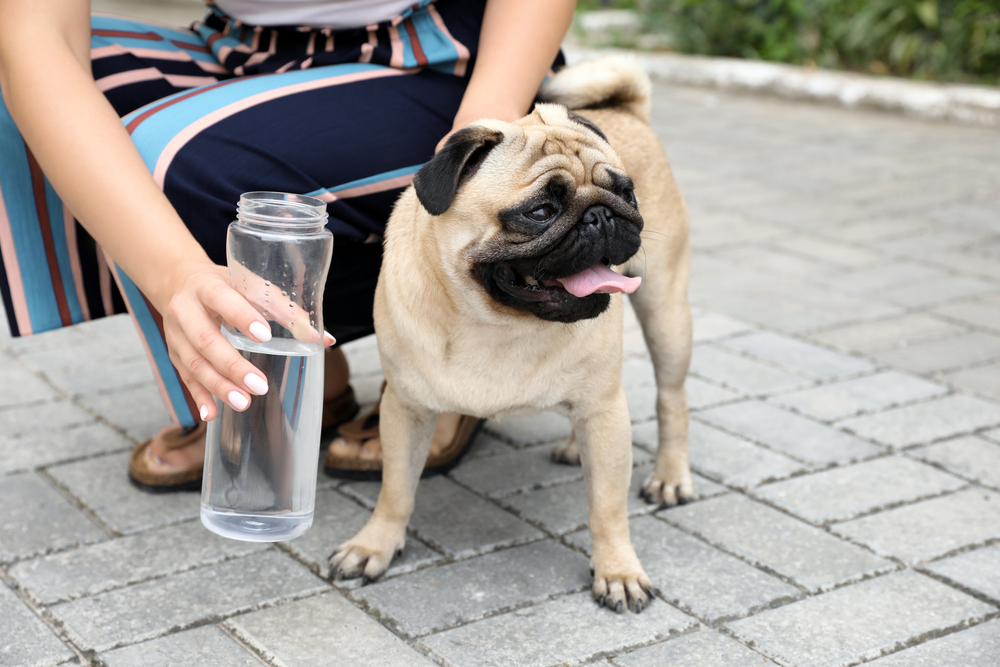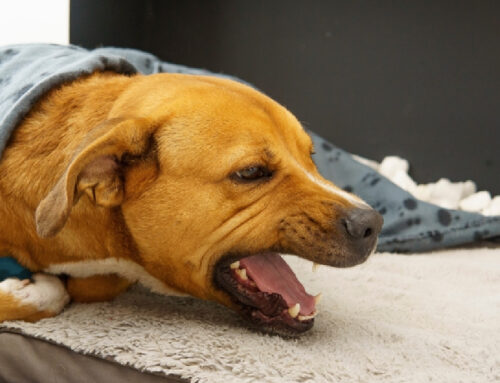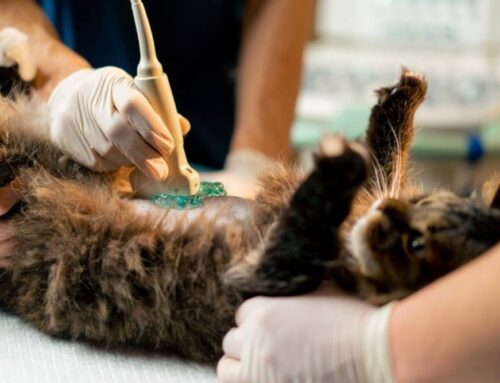Heat-related illnesses are more likely to affect your pet as temperatures rise. Like humans, pets can suffer heatstroke in high temperatures, but they become ill considerably faster. The Village Animal Hospital team knows how deadly the heat can be for our pets, and we want to equip pet owners with the information needed to prevent a tragedy. Here is our guide to understanding heat-related illness and tips to keep your furry pal safe.
Dehydration, heat exhaustion, and heatstroke are serious conditions that can affect pets exposed to high temperatures and humidity. The pets most vulnerable to heat-related issues include:
- Flat-faced (i.e., brachycephalic) breeds
- Senior pets
- Puppies, and kittens
- Overweight pets
- Pets with medical conditions
Recognizing the onset of heat-related illness is critical to prevent the situation from escalating to life-threatening status. Early signs include heavy panting, drooling, lethargy, or weakness, which should alert you to take your pet inside into cooler conditions. Advanced signs include rapid heartbeat, vomiting, diarrhea, collapse, or seizures. Heatstroke can lead to organ failure or death if not treated.
The best way to avoid the tragedy of heat-related illness in your pet is prevention of exposure to excessive heat. If it feels hot outside to you, it will feel hotter to your pet, who cannot sweat to cool down. Below, we list the best ways to protect your pet in the summer heat.
1. Provide your pet with fresh water
Ensure your pet has access to clean, fresh water indoors and outdoors, including while you are out on walks or other adventures. Pets can become dehydrated quickly, because they use evaporative cooling from their tongue and respiratory tract to dissipate heat.
2. Limit outdoor pet activities
Limit your pet’s outdoor activities, including walks and playing in the yard, during the hottest parts of the day. Take early morning or late evening outings when temperatures are cooler, especially for high-risk pets.
3. Provide shade for your pet
When your pet is outdoors, never leave them unattended, and ensure they can access shaded areas to rest and cool off. Do not leave them outside for more than a few minutes during peak daytime heat. Trees or tent shades can provide temporary relief and create cool grassy spots.
4. Never leave pets in parked cars
Temperatures inside a parked car can quickly rise to dangerous levels, especially if the car is located in direct sun. Never leave pets unattended in a parked car, whether or not you roll down the windows.
5. Protect your pet’s paws from hot surfaces
Hot pavement can quickly burn your pet’s paw pads. Avoid hot surfaces during the day and instead walk on grass, gravel, or shaded concrete. Consider protective pet booties, ensuring they are lightweight and breathable to avoid trapping heat or moisture.
6. Use cooling pet products
Cooling vests or mats, which contain cooling gels or frozen water, can help lower your pet’s core body temperature during hot weather. Wet towels or frozen water bottles placed on or near your pet can also provide relief.
7. Groom your pet
Keep your pet’s fur trimmed to prevent overheating, but avoid shaving them entirely. Some coat types have temperature-regulating properties that are disrupted if a pet is clipped too short. If you are unsure about the best summer cut for your fluffy pal, consult a professional groomer.
8. Keep indoor spaces cool for your pet

Ensure indoor areas are well-ventilated and cool, so pets can cool down quickly after outdoor activity or bathroom breaks. Use fans, air conditioning, or opened windows to improve airflow and create a comfortable environment.
Your pet’s heat-dispersing mechanisms are not as effective as yours, and you must ensure their safety by providing a respite from hot weather. If your pet shows heatstroke signs, immediately contact our team or the closest emergency veterinary facility. For additional heat safety tips or to schedule a pre-summer wellness visit, contact our Village Animal Hospital team.








Leave A Comment